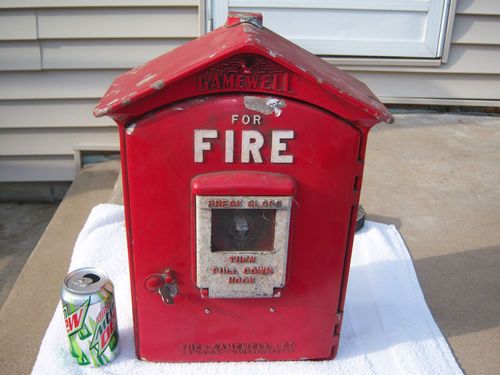
To add to the effectiveness of the Committee, the Bureau of Investigation (the name for the Federal Bureau of Investigation until 1935) disrupted the work of German-American, union, and leftist organizations through the use of raids, arrests, agents provocateurs, and legal prosecution. In 1917, President Woodrow Wilson established the Committee on Public Information to circulate and distribute anti- German and pro- Allied propaganda and other news. At the end of the 19th century and prior to the rise of the Galleanist anarchist movement, the Haymarket affair of 1886 had already heightened the American public's fear of foreign anarchist and radical socialist elements within the budding American workers' movement. government to quell protest and gain favorable public views of America's entering World War I. The First Red Scare's immediate cause was the increase in subversive actions of foreign and leftist elements in the United States, especially militant followers of Luigi Galleani, and in the attempts of the U.S. ( November 2020) ( Learn how and when to remove this template message) Unsourced material may be challenged and removed. Please help improve this article by adding citations to reliable sources in this section. This section needs additional citations for verification. Following the end of the Cold War, declassified documents revealed extensive Soviet spy activity in the United States as early as the 1920s. Soon, public opinion and the courts turned against Palmer, putting an end to his raids and the first Red Scare.

Police and militias prepared for the worst, but May Day passed without incident. Edgar Hoover telling the nation to prepare for a bloody uprising on May Day. Fear of radicalism was used to explain the suppression of freedom of expression in the form of display of certain flags and banners. became the overriding explanation for challenges to the social order, even for such largely unrelated events as incidents of interracial violence during the Red Summer of 1919. In addition, the growing anti- immigration nativist movement among Americans viewed increasing immigration from Southern Europe and Eastern Europe as a threat to American political and social stability.īolshevism and the threat of a communist-inspired revolution in the U.S. Mitchell Palmer to suppress radical organizations, it was characterized by exaggerated rhetoric, illegal search and seizures, unwarranted arrests and detentions, and the deportation of several hundred suspected radicals and anarchists. Fueled by labor unrest and the anarchist bombings, and then spurred on by the Palmer Raids and attempts by United States Attorney General A. At the war's end, following the October Revolution, American authorities saw the threat of communist revolution in the actions of organized labor, including such disparate cases as the Seattle General Strike and the Boston Police Strike and then in the bombing campaign directed by anarchist groups at political and business leaders. The scare had its origins in the hyper-nationalism of World War I as well as the Russian Revolution. At its height in 1919–1920, concerns over the effects of radical political agitation in American society and the alleged spread of socialism, communism and anarchism in the American labor movement fueled a general sense of concern. The first Red Scare was a period during the early 20th-century history of the United States marked by a widespread fear of far-left movements, including Bolshevism and anarchism, due to real and imagined events real events included the Russian 1917 October Revolution and anarchist bombings in the U.S. Revolutions and interventions in Hungary.Conscription disturbance at the Brisbane School of Arts.


 0 kommentar(er)
0 kommentar(er)
